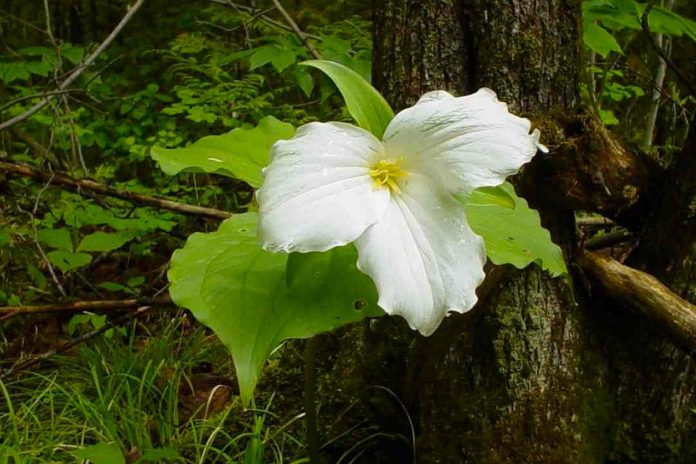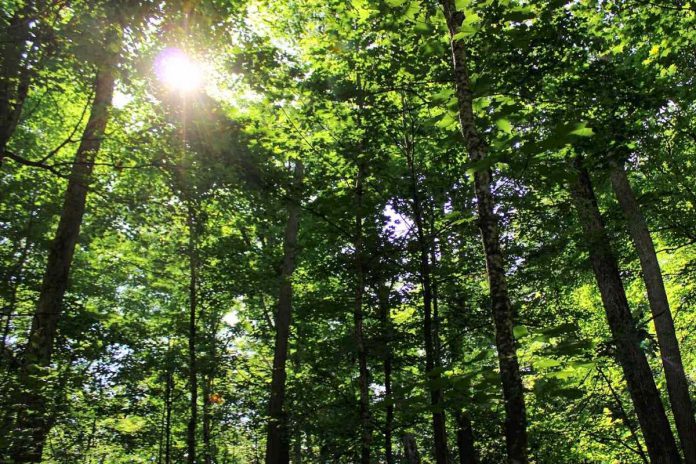
Two people who wish to remain anonymous have donated a 61-acre woodlot in Peterborough County to Kawartha Land Trust, a non-government charitable organization working to protect land in the Kawarthas.
Known as Pipers’ Woods, the mature woodlot is part of a larger extensive forested area. Situated on limestone bedrock with shallow soil, the older trees and abundance of wildflowers on the property took many years to establish themselves.
The two donors purchased the property several decades ago, and the wide diversity of flora and fauna in Pipers’ Woods reflects their long-time interest in land stewardship and sustainable forestry, They decided to gift the property to Kawartha Land Trust to ensure the forest and its abundant wildlife would not be disturbed by future development or logging.
“As we are getting older, this donation was part of our estate planning,” the donors state. “We had previously read and heard about the good work of Kawartha Land Trust.”
Tree species in the property’s coniferous swamp include eastern white cedar, balsam fir, and white spruce, while the upland deciduous forest hosts sugar maple and red and white oak, as well as butternut — a species classified as “endangered” under Ontario’s Endangered Species Act.
The property is also home to two bird species at risk: the eastern wood-pewee and the wood thrush. The wood thrush, which thrives in core forest habitats like Pipers’ Woods, has seen its population decline in Canada by 83 per cent between 1970 and 2011.

To ensure the preservation of its sensitive habitat, Kawartha Land Trust is not disclosing the location of Pipers’ Woods and, at the request of the donors, the property will not be open to public access.
“We’re extremely grateful to the donors of Pipers’ Woods for their generosity and commitment to protecting land in the Kawarthas,” says John Kintare, executive director of Kawartha Land Trust.
“This mature forest will continue to be home to species like the barred owl that prefer older forests that cannot be quickly or easily re-established once gone.”
Kawartha Land Trust now protects 27 properties — including 11 in the past two years — comprising almost 5,800 acres and providing additional safe havens for wildlife in the Kawarthas while securing important ecological landscapes to help combat climate change.
For more information about Kawartha Land Trust, visit kawarthalandtrust.org.


























